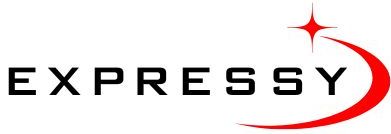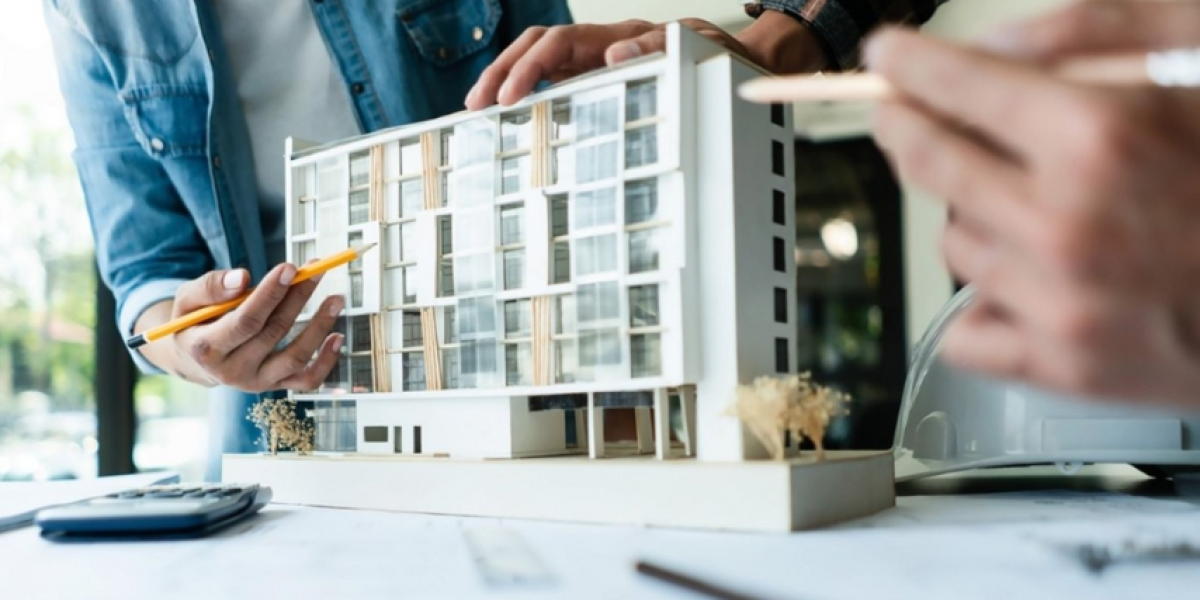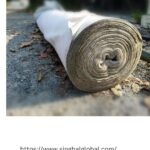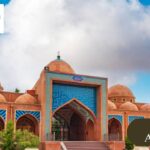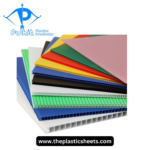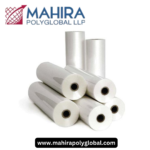Dubai’s model-making industry is renowned for its innovation and attention to detail. The city’s ambitious projects demand advanced technology to produce precise and visually impressive models.
However, implementing cutting-edge technology in model making Dubai comes with unique challenges. These obstacles affect timelines, costs, and overall efficiency. Below, we explore the key challenges faced by model makers in Dubai when adopting advanced technologies.
1. High Initial Costs
One of the biggest hurdles in using cutting-edge technology is the high upfront investment. Advanced tools like 3D printers, laser cutters, and robotic systems require significant capital.
- Challenges with Costs:
- Buying and maintaining state-of-the-art equipment is expensive.
- Training staff to use these technologies increases operational costs.
- Small and mid-sized model-making firms may struggle to afford these upgrades.
Dubai’s competitive market forces many businesses to weigh the benefits against the financial burden of adopting new technology.
2. Steep Learning Curve
New technologies often come with complex interfaces and processes. Adopting them requires model makers to learn new skills and workflows.
- Impact on Operations:
- Staff training takes time and disrupts regular operations.
- Errors during the learning phase can delay project timelines.
- Resistance to change from employees can slow adoption.
In Dubai, where rapid project delivery is crucial, the time required for skill development is a significant challenge.
3. Limited Availability of Skilled Professionals
Cutting-edge technology demands expertise that is not always readily available. Recruiting skilled professionals can be difficult.
- Skill Shortages in Dubai:
- A lack of experienced technicians in specialized areas like 3D printing.
- High demand for skilled workers in other industries increases competition.
- Dependence on expatriates for niche skills, which can lead to high turnover rates.
This challenge often results in delays and higher labor costs for model-making companies.
4. Material Limitations
Using cutting-edge technology also requires compatible materials. Not all materials used in traditional model making are suitable for advanced techniques.
- Common Material Challenges:
- Sourcing specialized materials locally can be difficult.
- Imported materials increase costs and extend timelines.
- Limited material options may restrict creativity or durability.
Dubai’s reliance on imported materials creates logistical challenges, especially for urgent projects.
5. Integration with Existing Processes
Model-making companies often struggle to integrate new technology with their existing workflows. Compatibility issues can slow down adoption.
- Issues with Integration:
- Older equipment may not support modern software or tools.
- Transitioning from manual to automated processes can disrupt operations.
- Stakeholders may resist changes in long-established workflows.
This challenge is particularly significant in Dubai’s fast-paced environment, where seamless operations are essential.
6. High Maintenance Requirements
Advanced equipment requires regular maintenance to function optimally. This can create downtime and add to operational costs.
- Maintenance Challenges:
- Repairing specialized tools may require expert technicians.
- Downtime during maintenance affects project timelines.
- Replacement parts for advanced machinery are often expensive and not always readily available.
These factors can make it difficult for model-making companies in Dubai to maintain efficiency while using cutting-edge technology.
7. Dependence on Imported Technology
Dubai relies heavily on imported technology for its model-making industry. This dependence creates several challenges.
- Key Issues:
- Importing advanced equipment involves long shipping times and high costs.
- Limited local suppliers make immediate replacements or upgrades difficult.
- Customs and regulatory hurdles can delay equipment delivery.
This dependency increases project risks, especially for time-sensitive developments.
8. Cybersecurity Concerns
Many advanced model-making tools are connected to digital networks. This connectivity introduces potential cybersecurity risks.
- Security Challenges:
- Sensitive project data could be exposed to cyber threats.
- Systems linked to cloud platforms may face hacking risks.
- Training staff on cybersecurity protocols adds to operational complexity.
Protecting digital designs and confidential client information is a growing concern in Dubai’s competitive market.
9. Environmental and Sustainability Issues
Sustainability is a key focus in Dubai’s development goals. However, some advanced technologies in model making may conflict with these objectives.
- Environmental Challenges:
- High energy consumption of 3D printers and robotic systems.
- Waste generated by prototype iterations and test runs.
- Limited availability of eco-friendly materials for advanced tools.
Balancing technological advancement with environmental responsibility remains a challenge for model makers in Dubai.
10. Client Expectations and Demands
Clients in Dubai often expect rapid turnaround times and flawless results. This pressure can make it challenging to fully implement and optimize new technology.
- Challenges with Client Expectations:
- Clients may not understand the complexities of using cutting-edge tools.
- Unrealistic timelines force companies to compromise on innovation.
- Adjusting to client feedback during advanced processes can slow progress.
Managing client demands while adopting new technology requires careful planning and communication.
Conclusion
Implementing cutting-edge technology in model making is essential for Dubai to maintain its reputation as a hub for innovation. However, challenges like high costs, skill shortages, and material limitations can slow progress. Integration difficulties, maintenance needs, and cybersecurity risks further complicate adoption.
Despite these obstacles, the benefits of advanced technology outweigh the challenges in the long run. Dubai’s commitment to innovation ensures that model makers continue to invest in solutions that enhance efficiency and quality. Overcoming these challenges will enable the industry to meet the city’s ambitious goals while staying ahead in the global market.
